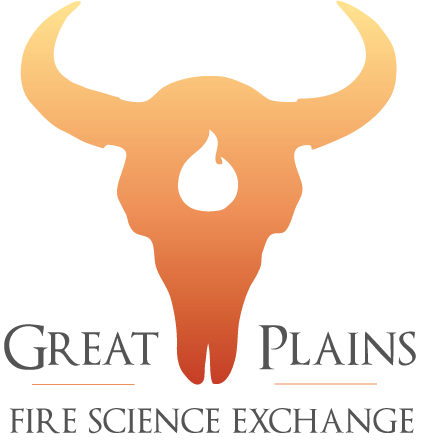Videos
This recent study explores the effects of burning and grazing on local reptile and amphibian populations. Danelle Larson, Ph.D., a post-doctoral researcher at Idaho State University, applied fire only, grazing only, and a combination of fire and grazing treatments to an area of land to observe the effect on herpetofauna (local populations of reptiles and amphibians). She also included sections of land that had been burned or grazed in the previous year to see how herpetofauna populations changed. This study was performed on tallgrass prairie, but most of the species of reptiles and amphibians studied are common to ecosystems managed by fire and/or grazing throughout North America. Larson concluded that in order to conserve herpetofauna, both fire and grazing should be used to create a variety of patch types.
Read MoreFire managers rely on research syntheses for concise, objective information. This report, based on current literature and interviews with fire professionals, describes ways to create more useful syntheses for managers in fire and related natural resources.
This “synthesis about syntheses” describes characteristics of effective syntheses and provides suggestions for writing more useful syntheses.
Read MoreWatch presentations by Sam Fuhlendorf, John Briggs, Dirac Twidwell, and Larry Sanders recorded at the Society for Range Management Meeting in Orlando Florida in February 2014. The Workshop centered on the topic of juniper encroachment was capped off with a discussion on how to apply the science to policy.
Sam Fuhlendorf: Ecology and Management of Juniper in the Great Plains: here
John Briggs: What Do We Know about the Consequences of Expansion of Juniperus (virginiana) into Grasslands? here
Dirac Twidwell: Ecological Intervention in Juniperus Encroached Rangelands here
Larry Sanders: Invaded, Infested, or Invested? Juniper/Eastern Redcedar Policy Options/Consequences here
Read MoreRecordings from the 66th annual Society for Range Management meeting in Oklahoma City. These talks were given by David MJS Bowman and Stephen J Pyne.
Read MoreYou can find a nice detailed presentation on mixing heights and transport winds from the Tallgrass Prairie and Savanna consortium here. A good presentation for burn boss trainees, prescribed fire specialists and fire ecologists.
Read MoreA recorded presentation on fire in the wildland urban interface of Texas.
Read MoreFire history in the Great Plains is complex. Tree ring analysis reveals the influence of topography and weather, but also the importance of human historical events and milestones in the frequency of fire. Mike Stambaugh of the University of Missouri Tree Ring lab discussed his work to understand fire history in the Great Plains at Missouri State University’s Biology Department seminar series
Read MoreThe Geographic Area Coordination Centers (GACC) were established to serve Federal and State wildland fire agencies through logistical coordination and mobilization of resources (people, aircraft, ground equipment) throughout various geographical areas.
Read MoreThe fires were suspected to be human caused. Lack of snow cover and Chinook winds contributed to fire spread. A change in weather conditions was needed to fight the fire. Further analysis of the weather indicated that similar conditions occur more often that thought and increased human activity in the area leads to an increase in fire potential. Therefore a system for monitoring fire danger and warning communities would be advantageous.
Read MoreYou can listen to a series of radio interviews organized by Great Plains Fire Science Exchange through KSU. You’ll find radio interviews from Bill Waln, Doug Watson, Jay Pornoy, Brian Obermeyer, Rod Winkler, Jason Hartman, and Sherry Leis.
www.ksfire.org/new-media-archives/radio/
Read More
